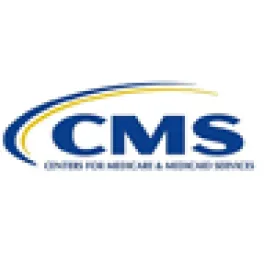The Centers for Medicare & Medicaid Services (CMS) recently announced that Medicare coverage policies would be revised “to support the use of [continuous glucose monitors] in conjunction with a smartphone, including the important data sharing function they provide for patients and their families.” In turn, the agency’s contractors, known as Medicare Administrative Contractors (MACs), modified their policies in part to recognize “the use of smart devices (watch, smartphone, tablet, laptop computer, etc.)” (see CMS and MAC announcements here and here). This recent shift is an important precedent for technologies that incorporate the use of electronic devices to display and share medical data, and may foreshadow flexibility in future federal policy development to support the important role smart devices are increasingly playing in communicating medical data.
By way of background, in January 2017, CMS issued a Ruling that therapeutic CGMs—i.e., those capable of monitoring blood glucose levels for making diabetes treatment decisions—may be covered by Medicare Part B as Durable Medical Equipment (DME). The Ruling also provided that, among other things, there must be a durable component capable of displaying the trending of the continuous glucose measurements. A continuous glucose monitor, or CGM, includes a dedicated receiver that tracks and displays glucose levels throughout the day. Several CGM systems currently on the market are capable of connecting to an individual’s smart device, which in turn allows patients to visualize their glucose measurements via app-based communication.
When the MACs issued a coverage policy to implement CMS’s Ruling, they limited the payment of supplies that are used in conjunction with CGMs relying on smart devices because the smart devices were not viewed as medical in nature given they were useful in the absence of an illness. After stakeholders voiced concerns about the restrictions, CMS revisited the issue to address concerns about the inability to share the displayed data with family members, physicians, and caregivers. In a revised Policy Article, the MACs address coverage for CGM systems that use a smart device to provide information, describing two scenarios where the CGM system would be covered:
- CGM supplies would be covered if the glucose data is displayed on the CGM receiver that meets the definition of DME, and is also transmitted to a smart device.
- Coverage of CGM supplies would be available in a situation where the beneficiary uses a CGM receiver on some days to review their glucose data, but also uses their smart device on other days. (If the beneficiary never uses the receiver that comes with the glucose monitor and qualifies as DME under the regulatory definition, then the CGM supply allowance is not covered by Medicare.)
Although the smart device is not considered DME, and use of supplies and accessories are covered only when the smart device is used in conjunction with a dedicated DME receiver, nevertheless, this policy acknowledges the practicalities of data sharing using smart devices. We continue to monitor this and other reimbursement developments relating to the use of smart devices.





 />i
/>i
